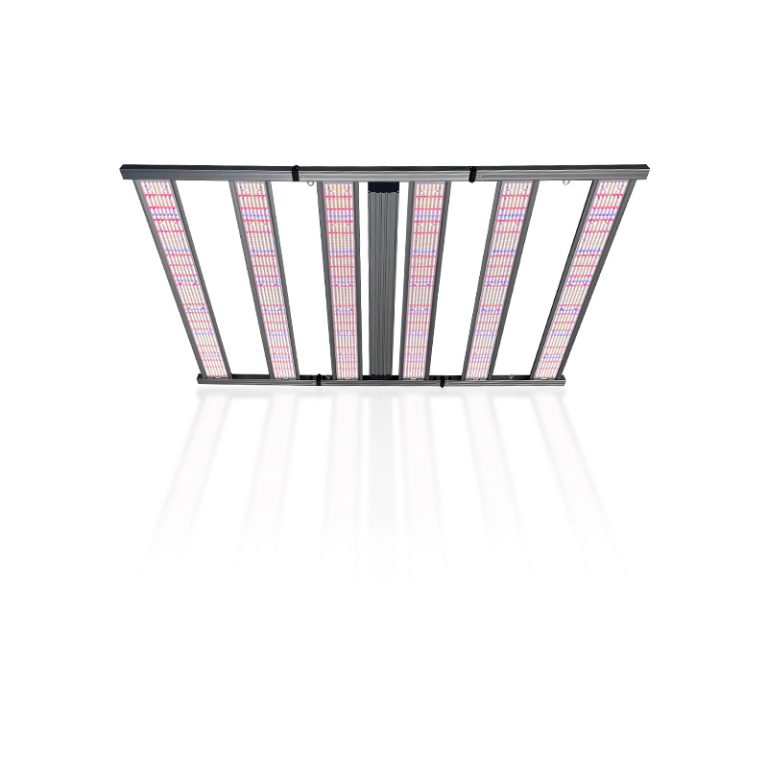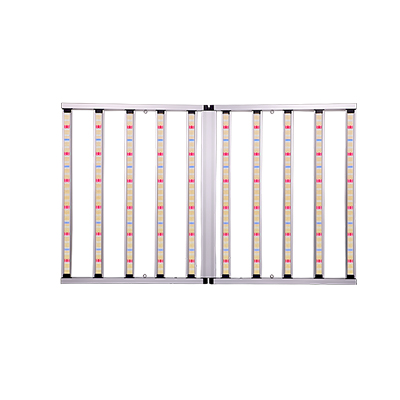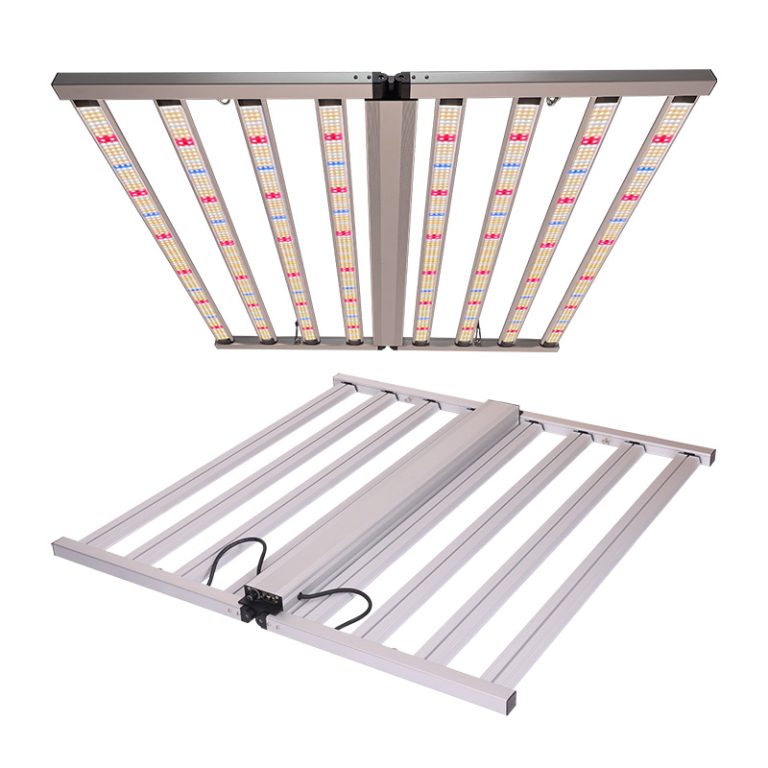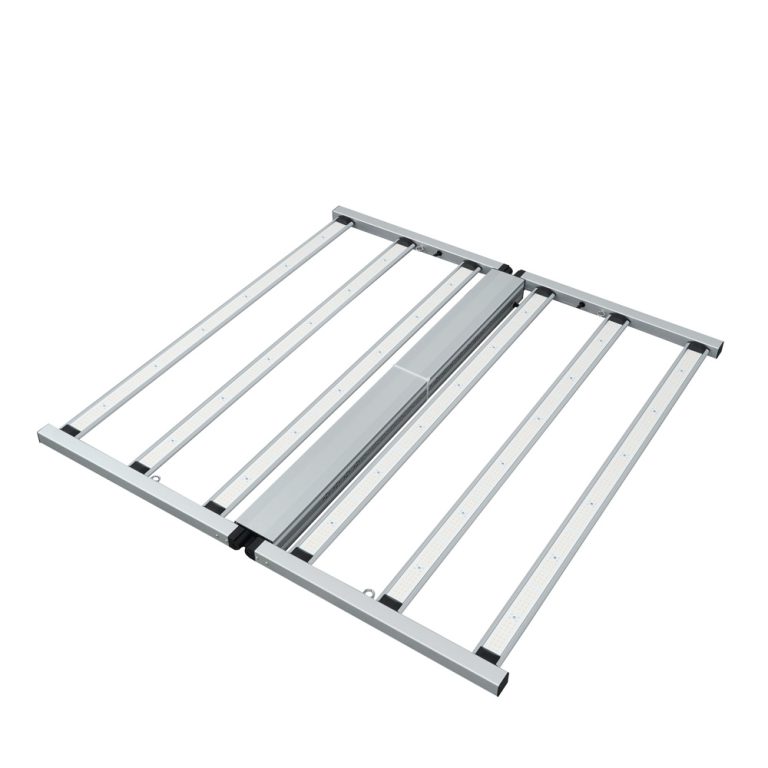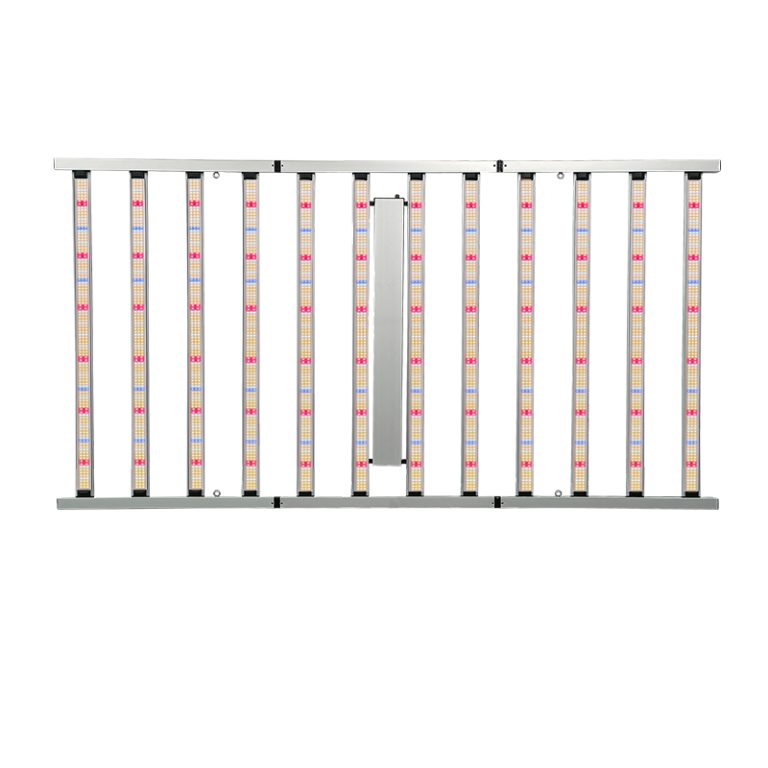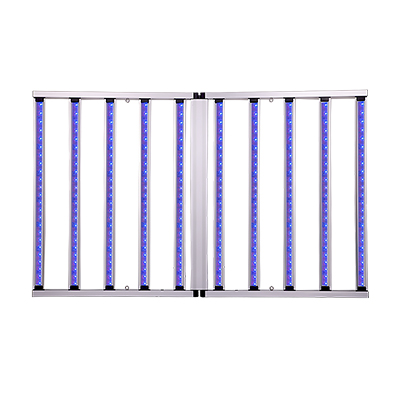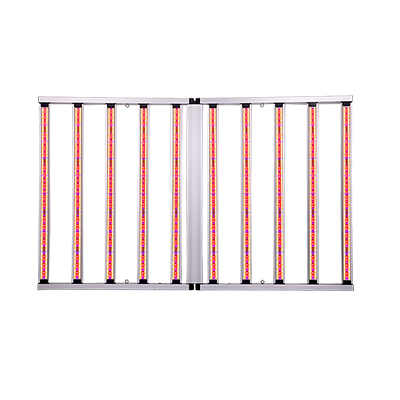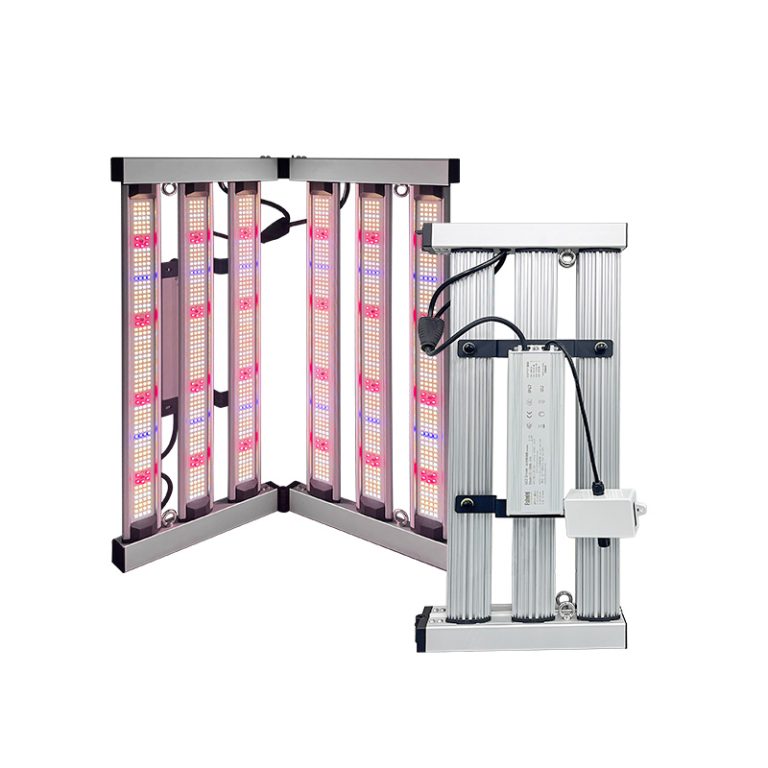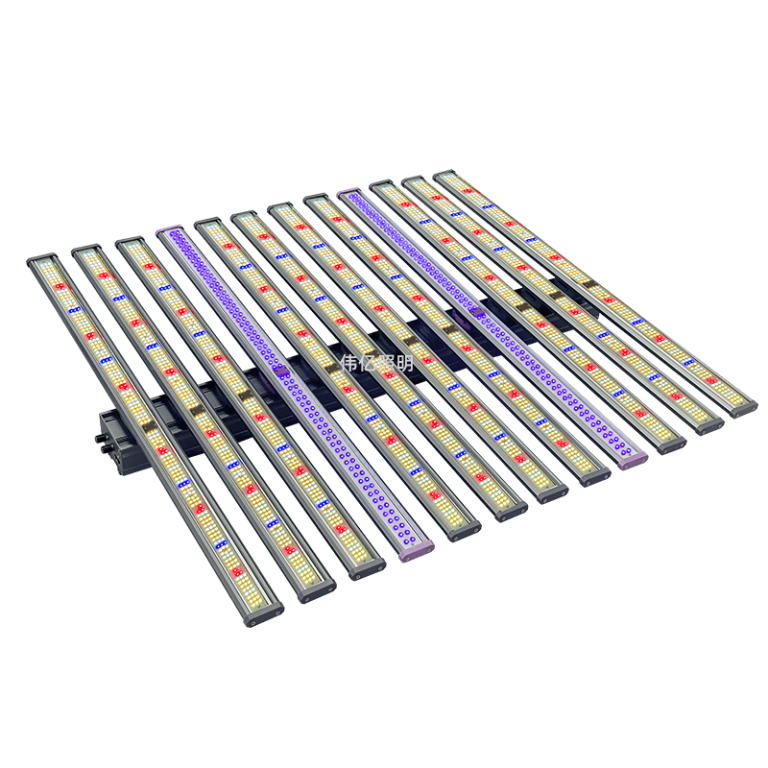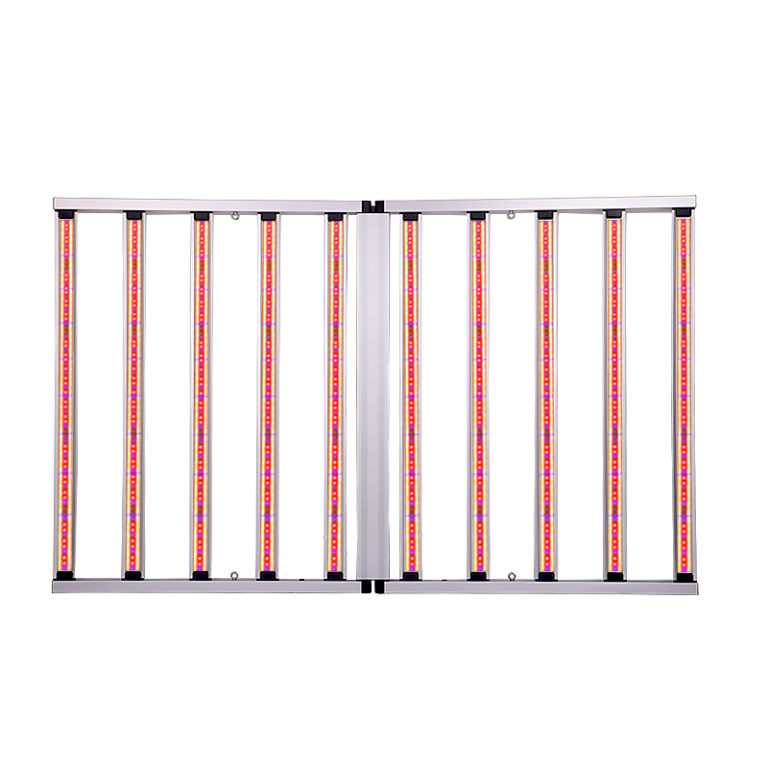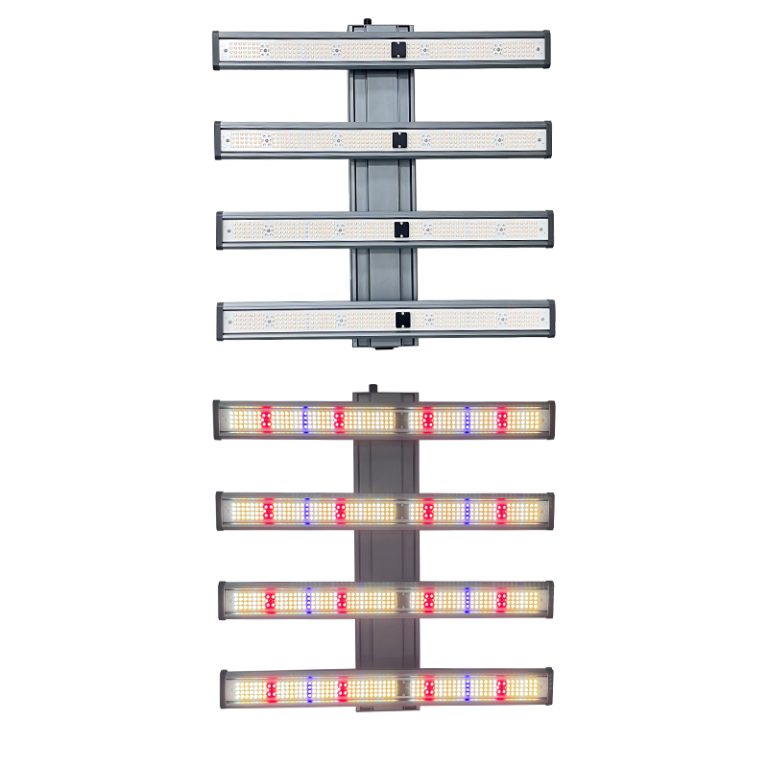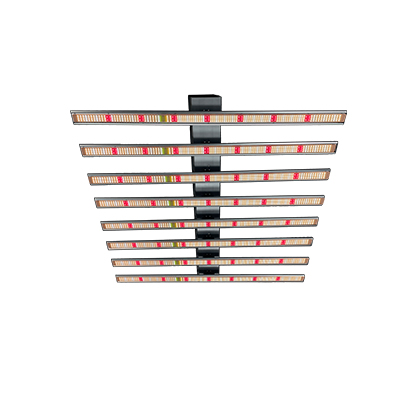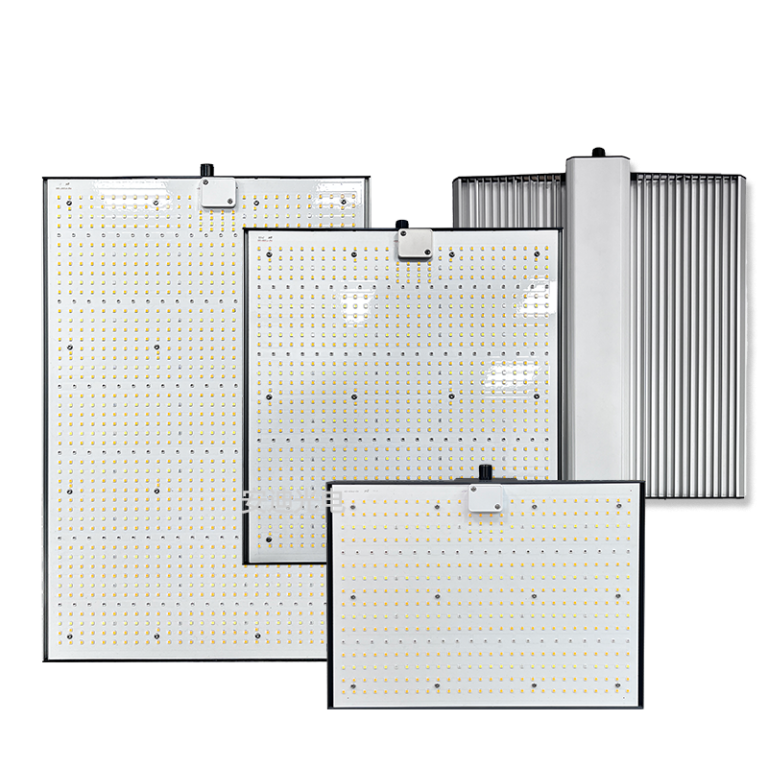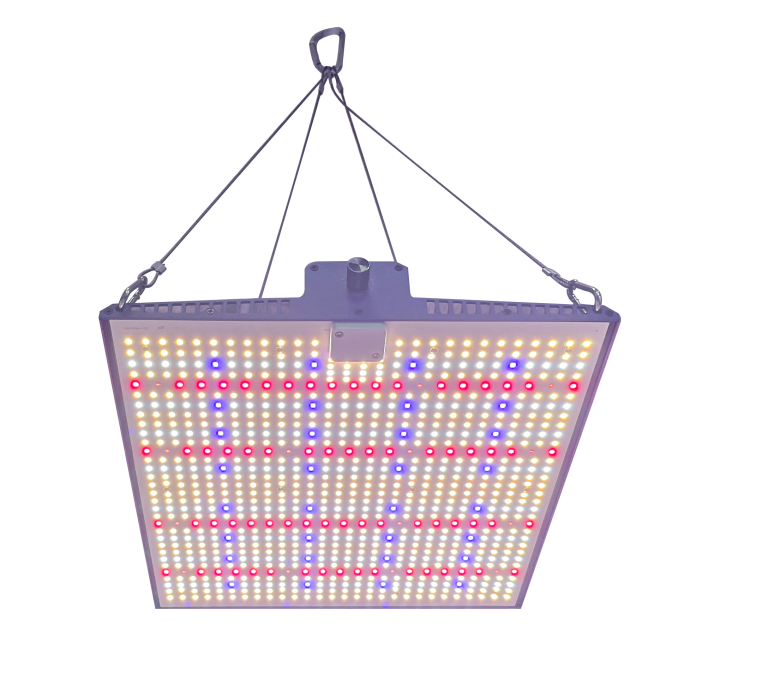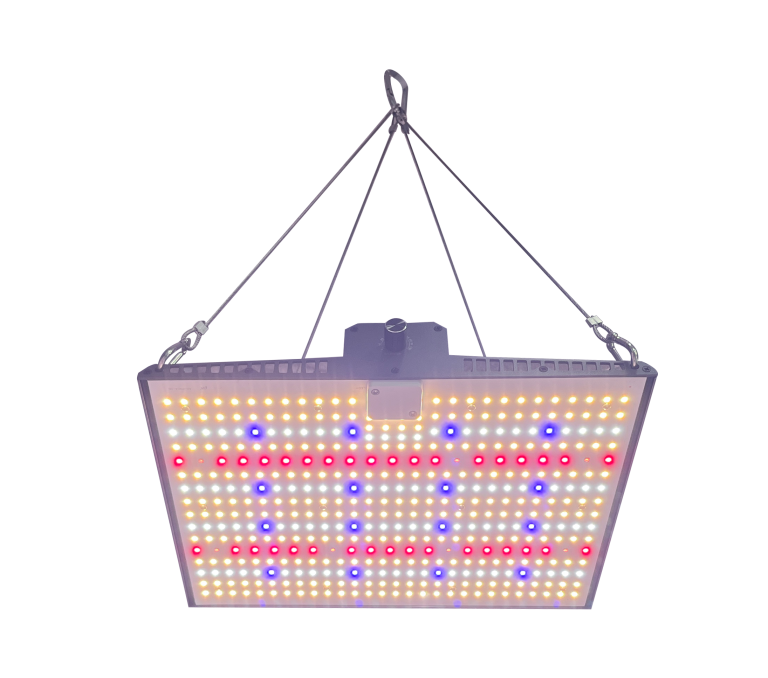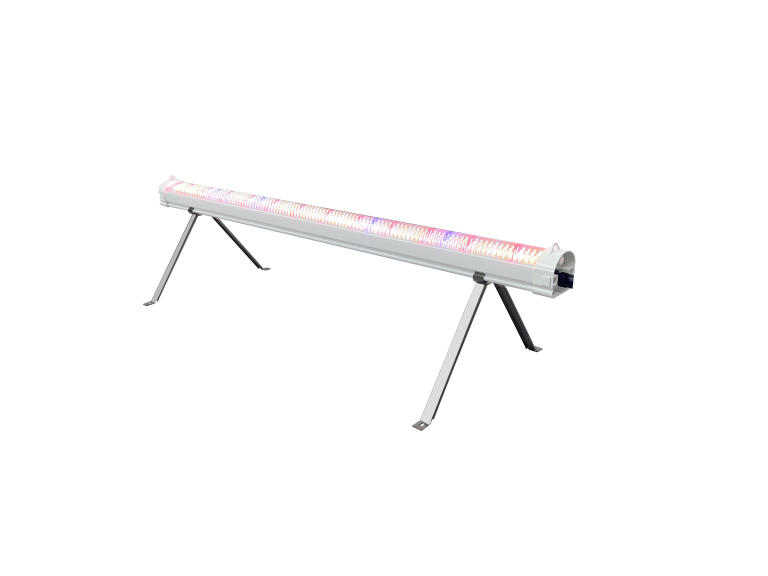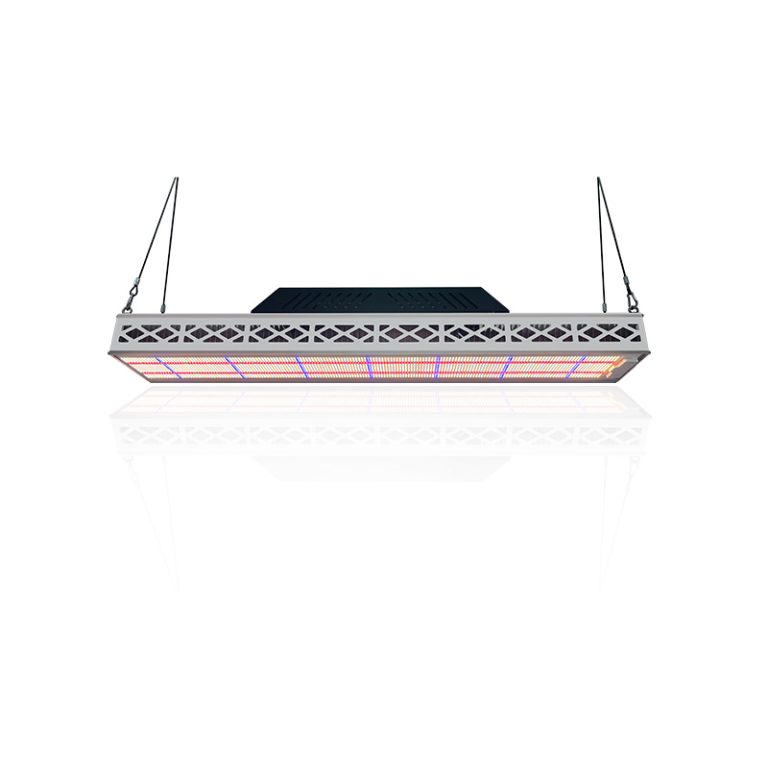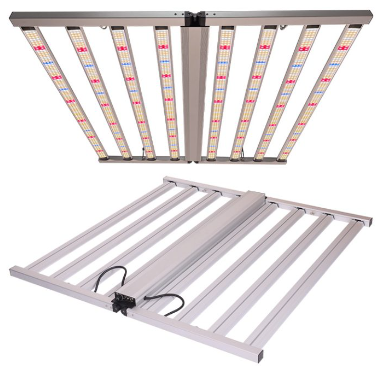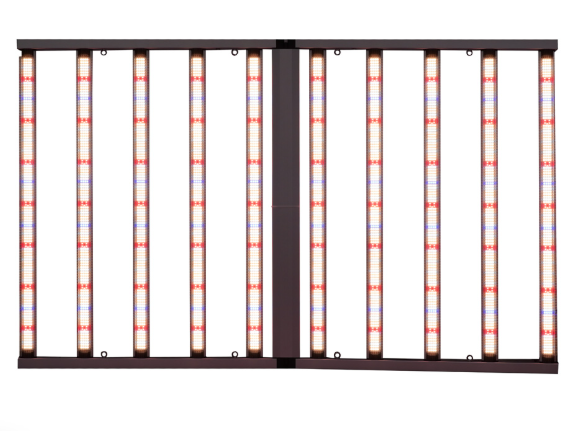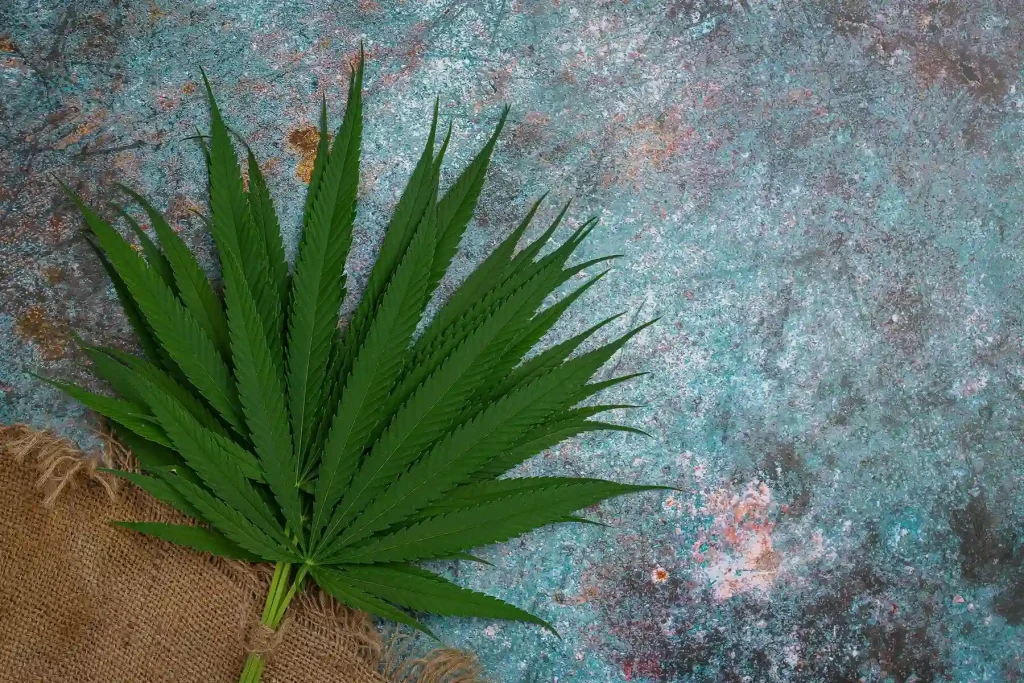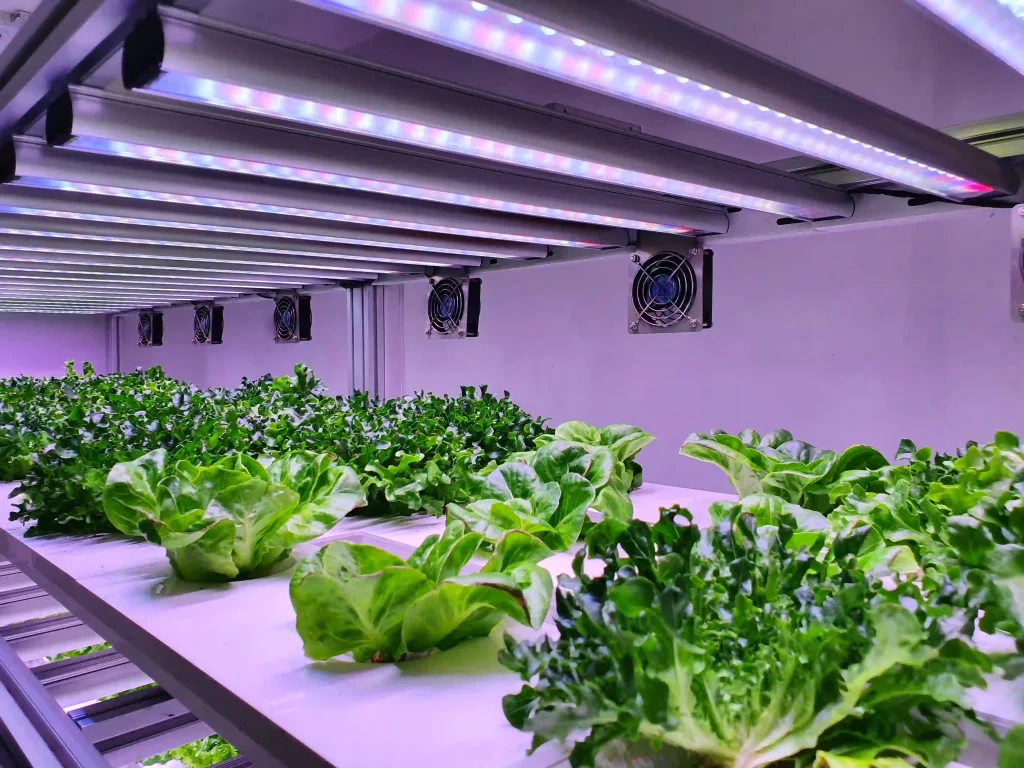When it comes to maximizing plant growth indoors, understanding how many grow lights you need is crucial. The right amount of LED grow lights will depend on your grow area size and the specific light output required for your plants. This comprehensive guide will help you determine the ideal number of LED grow lights to achieve optimal PPFD (Photosynthetic Photon Flux Density) for your indoor garden.
 1. Understanding Light Requirements for Indoor Plants
1. Understanding Light Requirements for Indoor Plants
Different indoor plants have varying light requirements, which are vital for healthy growth. Knowing the specific PPFD needed for your crops is essential for successful growth. Here’s a breakdown of light needs for common indoor plants:
Low-light Plants: These include leafy greens, herbs, and certain houseplants like pothos and snake plants. They thrive in less intense light conditions and typically require a PPFD of 100-400 µmol/s/m². For such plants, a single Andy Full-Spectrum 440W LED Grow Light can adequately cover areas from 2’x3′ to 6’x6′, delivering an average PPFD of 379 µmol/s/m².
Medium-light Plants: Plants like peppers and basil fall into this category. They require moderate light intensity, usually around 400-600 µmol/s/m². In this case, consider using multiple 440W LED Grow Lights to ensure even light distribution.
High-light Plants: Varieties such as tomatoes, cucumbers, and flowering plants like orchids thrive under higher light conditions, requiring a PPFD of 600-1000 µmol/s/m². For these, using the 720W LED Grow Light in larger spaces or two 440W LED Grow Lights in smaller areas will provide the necessary light output.
2. Calculating the Number of LED Grow Lights Needed
To determine how many LED grow lights are necessary, consider your growing space and desired PPFD levels. A few tips for calculating your light needs:
Measure Your Grow Area: Determine the dimensions of your growing space. The size will dictate how many lights you will need to cover the area effectively.
Desired Light Intensity: Identify the type of plants you are growing and their light requirements. Use the following guidelines for recommended placements:
One 440W LED Grow Light for areas measuring 3’x3′ or 4’x4′.
One 720W LED Grow Light for 4’x4′ or 5’x5′ areas.
This ensures that each plant receives adequate light for optimal growth.
 3. Adjusting Light Output for Different Growth Stages
3. Adjusting Light Output for Different Growth Stages
Each growth stage of your plants requires different light intensities. Understanding these stages will help you adjust your LED grow lights accordingly:
Seedling Stage: For seedlings, a lower PPFD of 100-300 µmol/s/m² is ideal. Use dimmable LED lights to provide gentle light, promoting healthy growth without overwhelming the young plants.
Vegetative Stage: During this stage, plants focus on leaf and stem growth. Target a PPFD of 400-600 µmol/s/m². Adjust the brightness of your LED grow lights as your plants grow taller and require more light.
Flowering Stage: Most growers aim for a PPFD of 1000 µmol/s/m² to enhance flower production and yield. Ensure your lights are set to their highest output to maximize flower development.
4. Optimal Height for LED Grow Lights
A common question about LED grow lights is their hanging height. Thanks to their lower heat output compared to HPS (High-Pressure Sodium) lights, you can position them closer to your plants. For the best results:
Recommended Height: Hang your LED grow lights approximately 10-12 inches above the canopy for optimal light exposure. This height allows plants to absorb the maximum amount of light without experiencing heat stress.
Closer Positioning: In optimal conditions with sufficient CO2 and ventilation, you can lower the lights to as close as 6 inches. Regularly monitor your plants for signs of stress and adjust the height as needed.
 5. Professional Grow Light Consultation Services
5. Professional Grow Light Consultation Services
If you’re managing a commercial growing facility or have a large-scale indoor garden, consider our grow light consultation services. Our experts can provide tailored lighting design plans to maximize your indoor plant growth with the right LED grow lights. Our services include:
- Site Assessment: Evaluating your growing area to determine optimal light placement and type.
- Customized Lighting Layouts: Designing a lighting plan that suits your specific plant types and growth stages.
- Ongoing Support: Providing guidance on light adjustments, plant health monitoring, and troubleshooting common issues.
Conclusion
Choosing the right number of LED grow lights is vital for indoor plant growth. By understanding your plants’ light requirements, calculating the necessary number of lights, and adjusting for growth stages, you can significantly enhance your indoor garden’s potential.
If you’re ready to transform your indoor garden with our premium grow lights, or if you have any questions about your specific lighting needs, don’t hesitate to contact our team today. Together, we can ensure your plants receive the optimal light for healthy, thriving growth.

